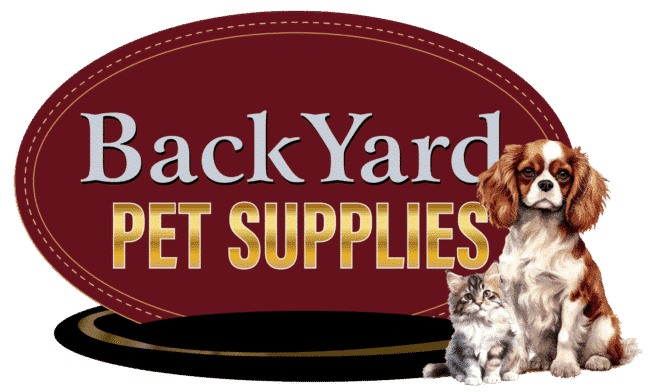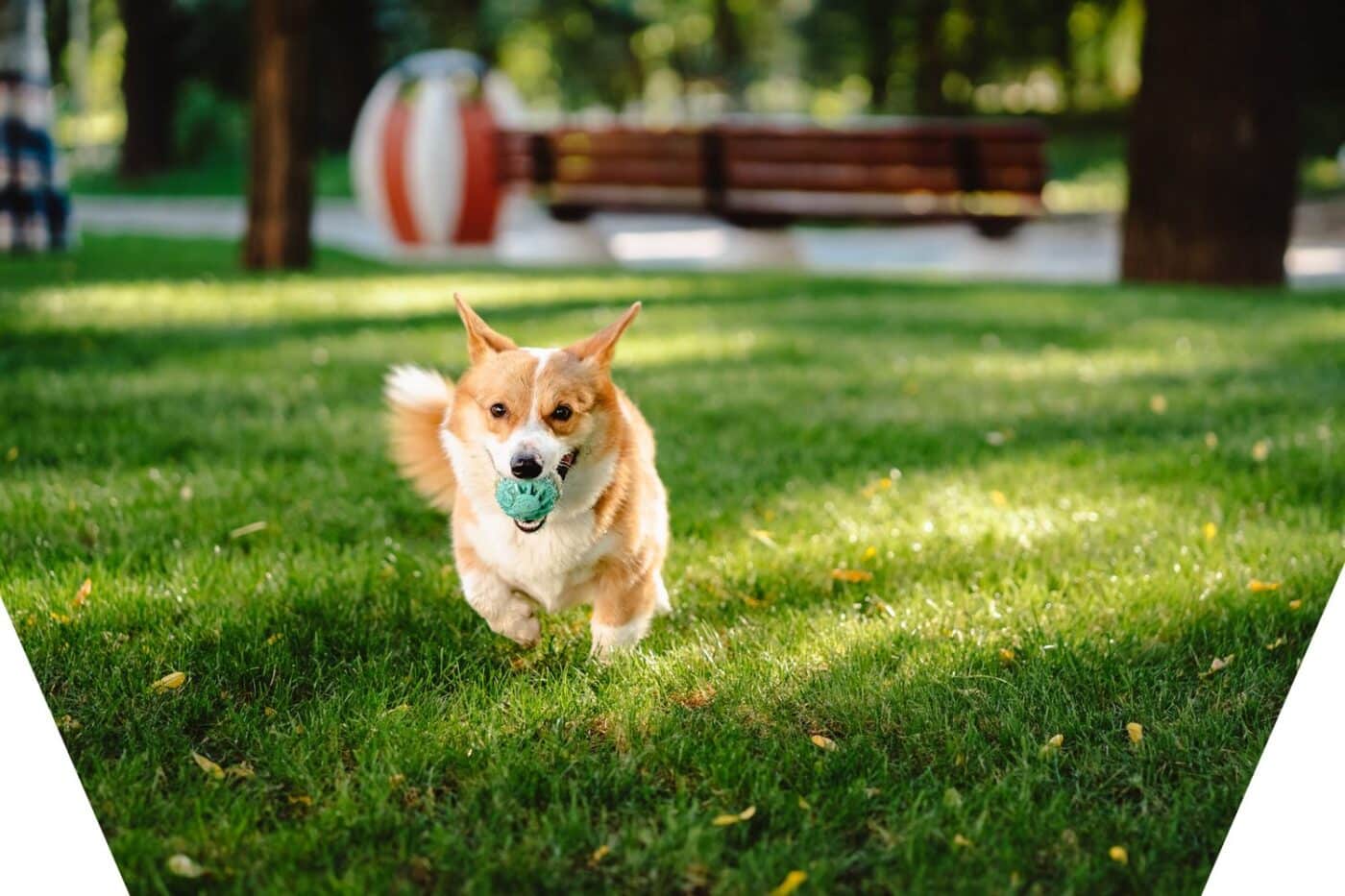
You’ve probably heard whispers of the harms of dog parks. They can spread diseases, cause dog fights, or potentially result in injuries. But are dog parks really as bad as people are saying? Let’s explore the pros and cons of dog parks.
Are Dog Parks Good For Dogs?

Despite some of the negative connotations floating around about dog parks, they can actually be really good for dogs. They are an excellent place for your dog to make new friends, get some exercise, or just get some fresh air.
Why The Dog Park is Good For Dogs:
- Your dog can learn and practice social skills.
- It’s a great source of exercise.
- It provides mental stimulation.
- They create positive experiences for both you and your dog.
- It offers a backyard for those who live in a city and don’t otherwise have that kind of space for their dog.
Are Dog Parks Bad For Dogs?

Dog parks can also be really bad for dogs; it all depends on your local dog park, experience, and preparation. Let’s explore some of the risks of dog parks—and how to avoid them.
Why The Dog Park is Bad For Dogs:
- Your dog could pick up diseases like kennel cough or other potentially harmful or fatal illnesses.
- An aggressive dog could start a fight with or potentially injure your dog.
- Too many dogs, especially for puppies, can be overwhelming and result in your dog developing anxiety towards public spaces.
Safer Ways to Use Dog Parks

1. Visit the Dog Park At Off-Peak Hours
This may be difficult depending on your schedule, but it’s a great way for your dog to experience the benefits of the dog park without many dogs around, avoiding potential harms like dog fights or the spreading of diseases. You could go early in the morning, late at night, or when other people are at work. If the park starts getting crowded, take that as your cue to leave.
2. Make Sure Your Dog is Properly Vaccinated
Vaccinating your dog against common diseases can prevent them from catching something while at the dog park.
What Vaccinations Does My Dog Need to Visit A Dog Park?
The American Kennel Club recommends vaccinating your dog for rabies, distemper/parvovirus (DHLPP), bordetella (kennel cough), and canine influenza. DHLPP is a combination vaccine covering distemper, hepatitis, leptospirosis, parainfluenza, and parvovirus. Consult your veterinarian to ensure your dog is fully protected based on your region and the park’s requirements.
You can learn more about the American Kennel Club’s dog park safety tips in this helpful article they’ve created.
Safer Alternatives to Dog Parks
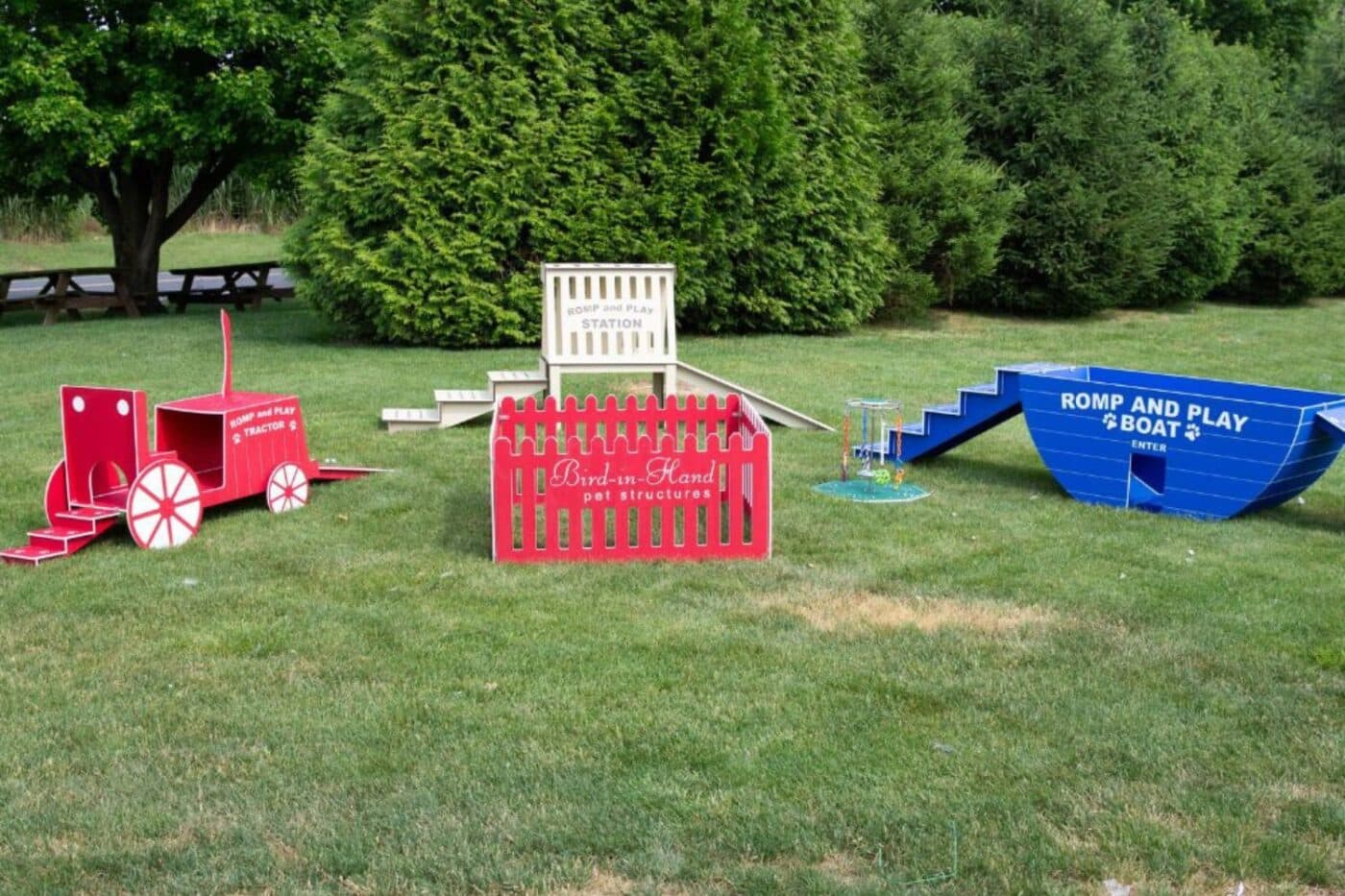
If you’re concerned about the safety of taking your dog to the park, but still want them to enjoy the benefits of exercise and socialization, there are a few alternatives you can try.
1. Daily Walks
If your main priority is to ensure your dog gets plenty of exercise, then walks are a great alternative to the dog park. You can take them around your neighborhood or to a hiking trail so they can get in daily exercise and leash training or get exposure to a new environment.
2. Playdates
If the socialization element is important to you, arrange a playdate with friends or neighbors. This allows your dog to interact with a more controlled group of other dogs, ensuring that all vaccinations are up to date and the other dogs aren’t aggressive.
3. Dog Daycare
A dog daycare is a great way for your dog to get needed care while at work. Plus, it allows them to meet other dogs and play with them in a more supervised setting. Doggy daycares often group dogs by size and temperament to prevent potentially harmful situations. It can also provide mental stimulation and routine.
4. Backyard Playground
With dog playground equipment, you can craft your own dog park in your backyard. This equipment includes ramps, weave poles, tunnels, playpens, and more. This allows your dog to enjoy the benefits of dog park equipment and exercise from the comfort of your home. Plus, you can invite over friends or neighbors’ dogs to play together in a more controlled environment.
Building A Dog Park in Your Own Backyard
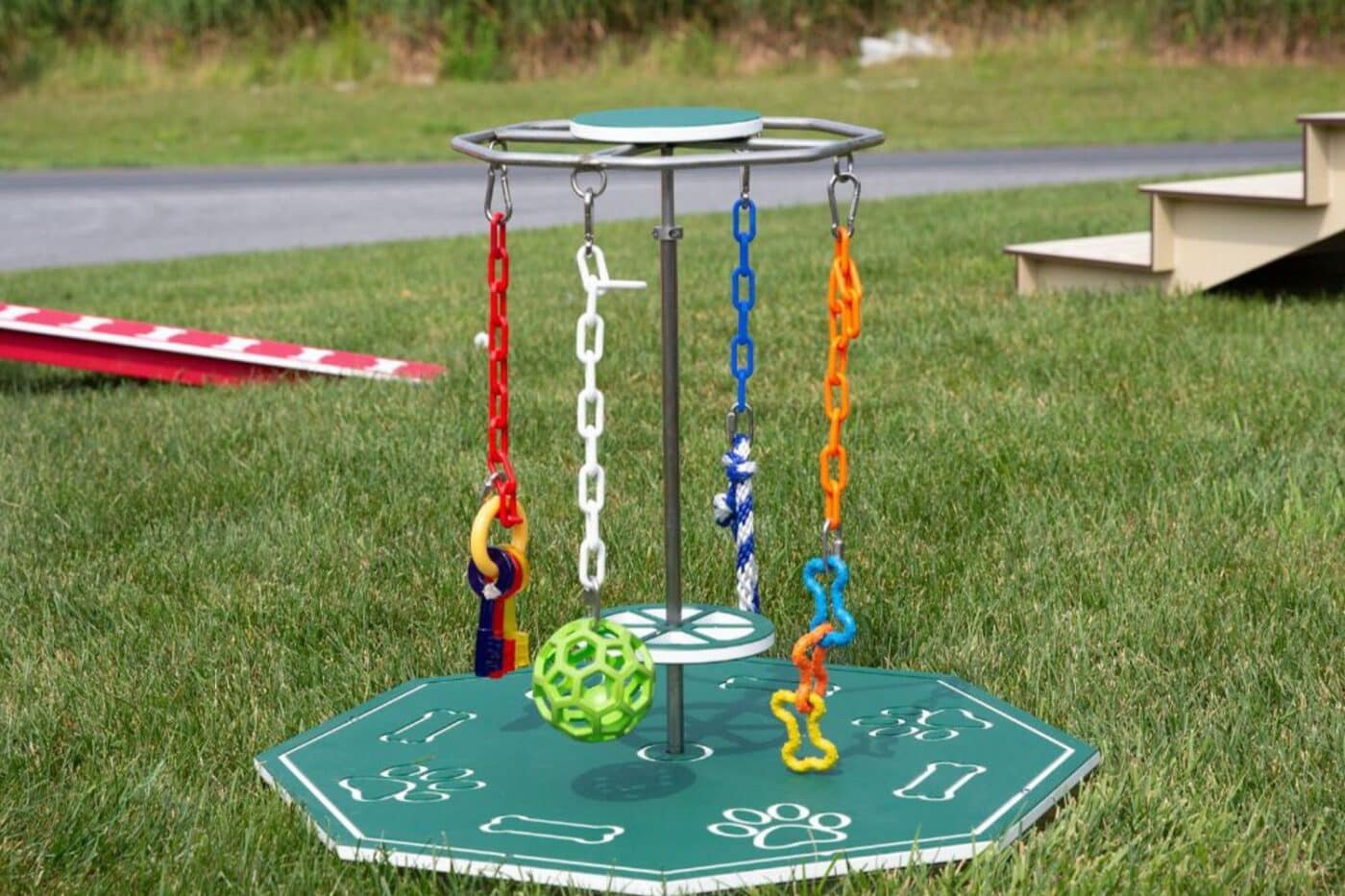
Building a backyard dog playground is easier than you think! Start by figuring out how much space you have to dedicate to a dog playground. Next, decide what equipment, toys, and activities will best suit your dog’s needs. Simple play structures like tunnels or toys are great for creating a fun play area for small backyards, while bigger backyards have room for ramps, play structures, and more! Don’t forget to add fencing and other safety measures to ensure your dog’s safety during playtime!
How Big Does a Dog Playground Need to Be?
The size depends on how many dogs will use it and how often. If your dog playground will see a lot of furry pals during the day, then it needs to be bigger and should have a few more play structures and safety features than a smaller space that only a few dogs might use.
What’s the Best Material for a Dog Play Area?
When building a dog playground and planning a dog play area, it’s important to choose materials that are safe, durable, and easy to clean and maintain. Grass is a great natural option, but it can be hard to maintain under so many different paws. Rubber mulch or artificial turf are also great options for dog-friendly surfaces.
It’s also important to consider the material your playground equipment is made of. At Backyard Pet Supplies, we recommend Starboard Poly for its durability, lightweight strength, and weather resistance. It’s a safe, long-lasting choice for outdoor use.
The Dog Park Verdict
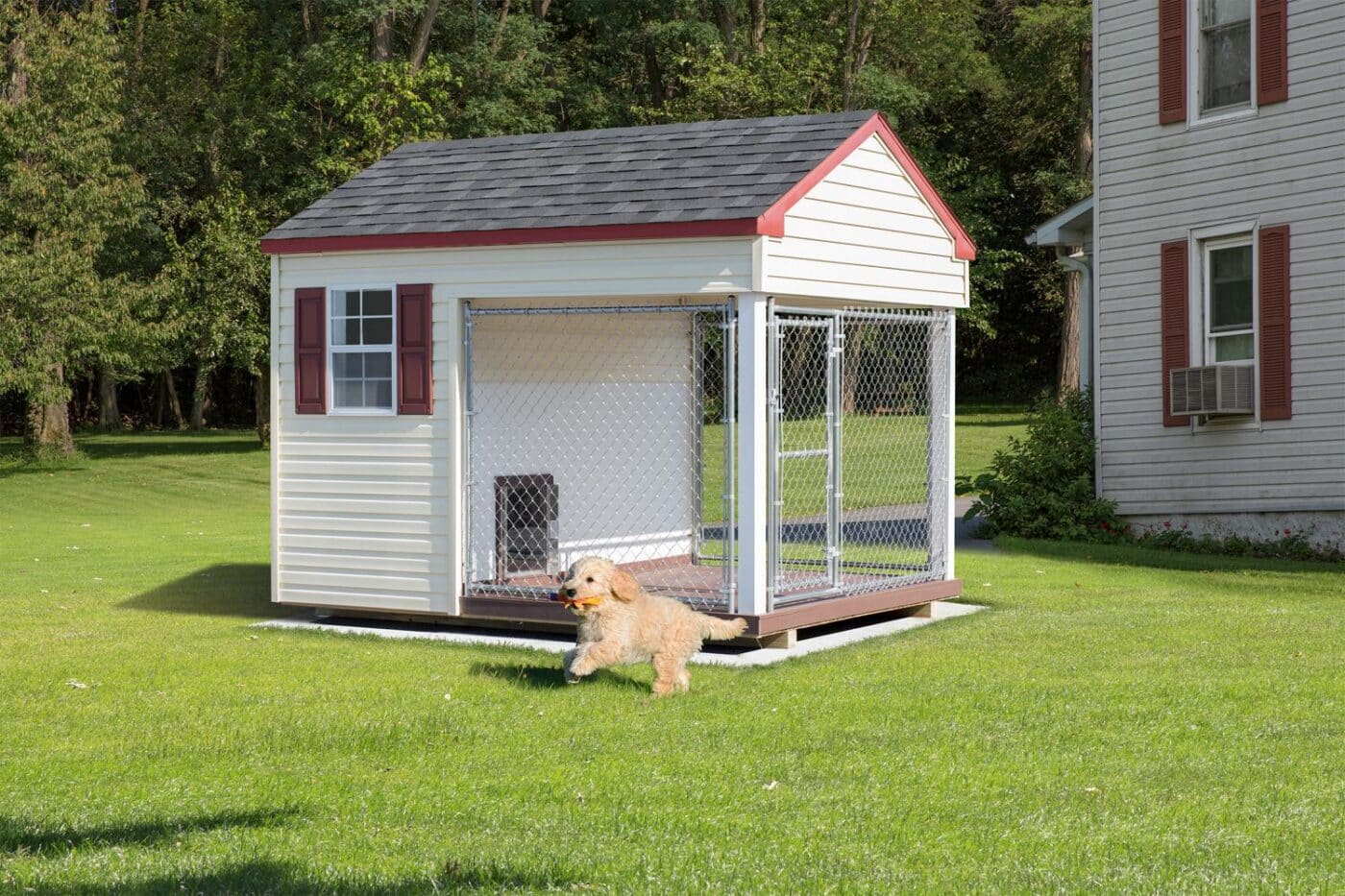
Based on the information above, you may still be wondering if a dog park is good or bad for your dog. And truthfully, it depends. Whether or not the dog park is good or bad for your dog is a matter of personal experience and preference. You might go every day for years without an issue, or have a single visit result in illness or injury.
If you’re searching for an environment you can control, we recommend investing in durable dog playground equipment for your backyard. This allows them to experience the benefits of exercise, agility training, and socialization in an environment that you can control. Explore our durable, dog-friendly equipment and build a safe, enriching space your dog can enjoy every day.
